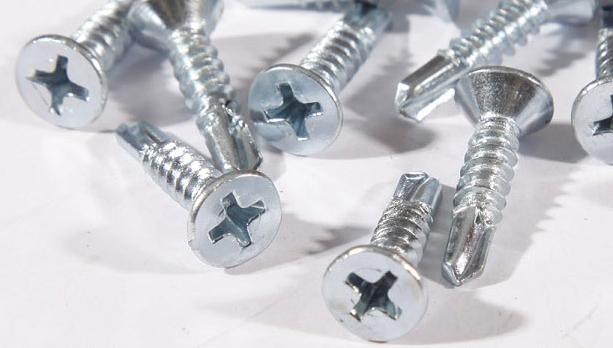Fasteners Used in Aircraft Structural Applications and Their Importance in Safety and Performance
Understanding Aircraft Structural Fasteners Essential Components for Safety and Performance
Aircraft are marvels of engineering, designed to be both lightweight and incredibly strong. At the core of their structural integrity are various fasteners, which play a pivotal role in assembling and securing different components of an aircraft. These fasteners not only contribute to the aerodynamics and overall performance of the aircraft but also ensure safety and reliability during flight. This article explores the types, materials, and significance of aircraft structural fasteners.
Types of Aircraft Structural Fasteners
Aircraft structural fasteners can be divided into several categories, each serving a specific purpose. The most common types include
1. Rivets One of the oldest fastening technologies, rivets are widely used in aircraft manufacturing. They are typically made from aluminum, steel, or titanium, and are used to join two or more parts of an aircraft structure. The riveting process involves deforming a metal pin to create a strong bond between materials.
2. Bolts and Nuts Bolts, often paired with nuts, are integral for structural assemblies that require disassembly or adjustment. They are manufactured in various grades and sizes, ensuring they can withstand different loads and stresses. High-strength steel bolts are common in critical areas of the aircraft.
3. Screws Often used for securing access panels, interior fittings, and other non-structural components, screws are available in multiple head styles and thread designs. They provide ease of installation and removal, which can be essential during maintenance.
4. Composites and Insert Fasteners Composite materials are increasingly utilized in modern aircraft design due to their high strength-to-weight ratio. Specialized insert fasteners designed for composite structures ensure that connections can maintain the integrity of the materials while distributing loads evenly.
Materials Used in Fasteners
aircraft structural fasteners

The materials used for aircraft fasteners are selected based on their mechanical properties, corrosion resistance, and weight. Common materials include
- Aluminum Alloys Lightweight and resistant to corrosion, aluminum alloys are frequently used for rivets and some bolts in non-critical applications. - Titanium Known for its high strength-to-weight ratio and excellent corrosion resistance, titanium is often used in high-stress areas where weight reduction is critical.
- Steel Various grades of steel are used for fasteners that require higher tensile strength. Stainless steel varieties are particularly popular due to their resistance to corrosion.
- Copper and Nickel Alloys Used for specialized applications where thermal and electrical conductivity is important, as well as for applications requiring enhanced corrosion resistance.
Importance of Fasteners in Aircraft Safety
The role of fasteners in aircraft safety cannot be overstated. A failure in any one fastener can lead to catastrophic outcomes, emphasizing the dire need for quality assurance in both manufacturing and maintenance. Rigorous testing standards are applied to ensure that fasteners can bear the anticipated loads throughout the aircraft's lifespan.
Regular inspections and maintenance are also critical; fasteners must be periodically checked for signs of wear and corrosion. The introduction of advanced technologies, such as ultrasonic testing and non-destructive inspections, allows engineers to assess the integrity of fasteners without requiring disassembly, enhancing overall safety.
Conclusion
In summary, aircraft structural fasteners are crucial elements that ensure the safety, reliability, and performance of modern aircraft. With various types and materials available, these fasteners are engineered to meet stringent standards and withstand the extreme conditions of flight. As technology advances, the role of fasteners will continue to evolve, contributing to safer and more efficient air travel. Understanding their significance is pivotal not just for manufacturers and engineers, but also for anyone interested in the aviation industry and its ongoing innovations.
-
Weatherproof Plastic Expansion Anchors for OutdoorXov xwmJun.06,2025
-
Sustainability in the Supply Chain: Eco-Friendly TEK Screws ProductionXov xwmJun.06,2025
-
Load-Bearing Capacity of External Insulation FixingsXov xwmJun.06,2025
-
Double Head Bolts: Enhancing Efficiency in Industrial MachineryXov xwmJun.06,2025
-
Corrosion Resistance in Chipboard Screws: Coatings for Wholesale DurabilityXov xwmJun.06,2025
-
Butterfly Toggle Bolts : Enhancing Structural ResilienceXov xwmJun.06,2025
